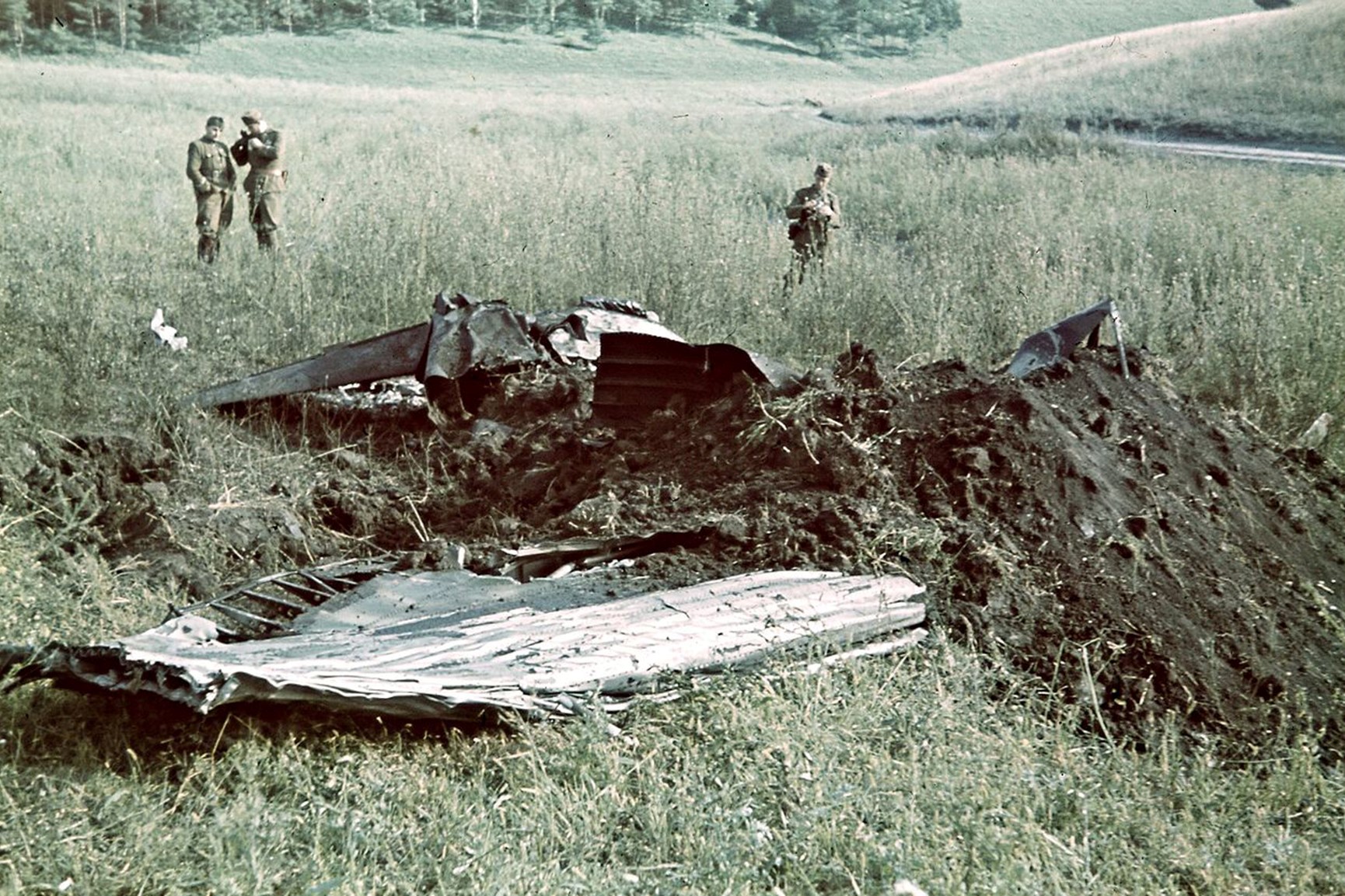Eighty years ago, on August 20, 1942, the eldest son of Governor Miklós Horthy, flight lieutenant István Horthy, who served in the Hungarian 2nd Army, became the victim of an air accident, deputy governor. You can read about the case in Magyar Hírlap, where, among other things, they write:
When the Hungarian 2nd Army moved to the Soviet front, István Horthy did not approve of the action, but because he wanted to share the fate of the soldiers, he went with them as a reserve first lieutenant. At the front, he neither asked for nor received exemptions, as a fighter pilot he accompanied reconnaissance and bomber planes. He had completed twenty-four combat deployments when, at dawn on August 20, 1942, he and Sergeant Zoltán Nemeslaki set out to escort a Hungarian reconnaissance plane.
The Héja type plane of the deputy governor crashed near a small Russian town called Aleksejevka at 5:07 a.m. István Horthy lost his life in the accident.
After the investigation following the disaster, his body was brought home and buried in Kenderes.
According to the official investigation, there was an accident, but many rumors also spread. Many people talked/talk about sabotage, Miklós Horthy himself believed in his memoirs that his son was the victim of an assassination attempt organized by the Germans, but even his wife did not believe this, even though she knew that the Germans had eavesdropped on her last conversation with her husband, in which she talked about the possibilities of escape they spoke.

The wreckage of the Héja type aircraft after the accident
The remains of the fighter jet were found in the summer of 2012 by an expedition consisting of Hungarian and Russian researchers, and some of the wreckage was returned to Hungary in 2013. The examination of these also supports the fact that there really was an accident: the plane got into a corkscrew during the highly narrowed turn at an altitude of three hundred meters and crashed into the ground. The tragedy was caused by several insignificant circumstances that could have been prevented individually, but together they resulted in an already unsolvable situation.
The nose of the Héja planes was subsequently covered with armor, which made the airframe "nose-heavy", and since the rudder surface was also small compared to the mass of the propeller, it was doubly prone to getting into the corkscrew. The pilot's body may have been overloaded leading to unconsciousness, which is still the cause of many air accidents today.
the full article in Magyar Hírlap .
Photo: Wikipedia












